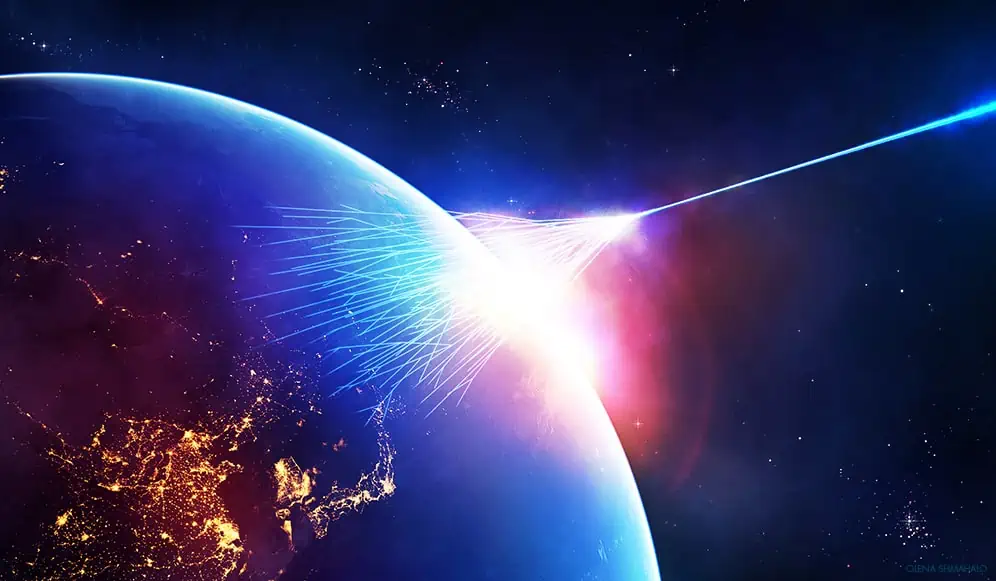Tracking the amount of cosmic particles reaching Earth should become one of the new tasks for the scientists at Solar and space weather research group in the Institute of Astronomy and NAO. A new project proposal has been submitted in collaboration with experts from the Institute of Electronics during the last call of the Competition for financial support for basic research projects – 2022 by National Science Fund. Team of researchers under the supervision of Assoc. Prof. Nikola Petrov (Institute of Astronomy) plans to look for a relation between cosmic energetic particles and weather conditions on Earth.
Climate changes and global warming of our planet are one of the most debated issues of our modern society concerning the physics of Earth’s atmosphere and space sciences. It is not possible to study the Earth’s climate completely without studying the activity of our closest star – the Sun. The relationship between solar activity and the Earth’s environment (also known as “space weather”) is not trivial and involves many interacting processes.
Nowadays, the measurement of solar radiation is extremely important in many different fields of application, such as climatology, meteorology, hydrology, pollution forecasting, solar energy, agriculture, and material testing. Measuring solar radiation for climatology and weather forecasting is an important part of many of our daily activities that we can no longer do without (e. g. shipping and aviation). In recent years, the measurement of solar radiation has also become increasingly important in the field of material testing, where, for example,the resistance to UV radiation of products and coatings comes to the fore. Accurate solar radiation data is critical to the solar energy industry. In research and development, selection of optimal locations and types of systems, performance monitoring and maintenance planning.
The main goal of our project is to build a modern monitoring system of cosmic ray (neutron) fluxes and meteorological data. Accomplishing this primary goal aims to enable new models to more accurately predict short- and long-term climate changes on Earth related to cosmic factors that determine the space weather. The final decision for project funding is expected until the end of 2022.

